
In Japan, the second Sunday of May is "Mother's Day". Not only in Japan, but also in other countries and regions around the world, there is a Mother's Day, but the date of establishment, how to spend it, what to give, etc., vary depending on the country and region. In this article, we will thoroughly introduce Mother's Day in Japan. We will explain in detail why it is the second week of May, what is typically done, what gifts are given, etc. We will also introduce recent trends in Mother's Day as seen from survey results.
When is Mother's Day in Japan?
In Japan, the second Sunday of May is "Mother's Day" (母の日 / Haha no hi). In 2024, it will be Sunday, May 12th.
When did Mother's Day start, and how did it begin?
The Beginning of Mother's Day
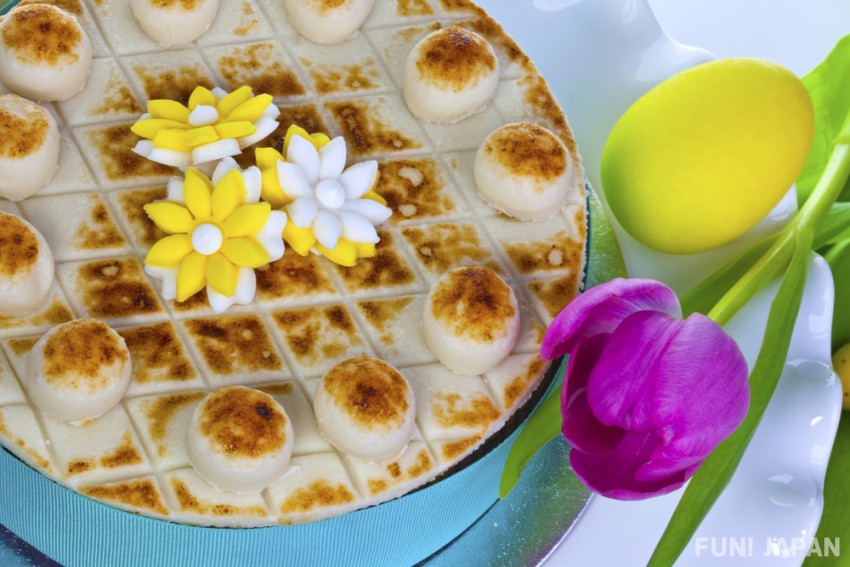
There are various theories, but the oldest one dates back to ancient Rome. It is said that a festival was held to pay tribute to the goddess Rhea, known as the "Mother of the Gods".
Also, in 17th century England, on the Sunday three weeks before the Christian event "Easter" celebrating the resurrection of Jesus Christ, children who had left their homes to work elsewhere would get a holiday, return home, and meet their mothers at church. This day was known as "Mother's Sunday", and even today in England and Ireland, there is a custom of expressing gratitude to mothers by eating a "Simnel Cake" with 11 marzipan decorations made from almond flour on top, or giving the lovely daffodil flowers as a gift.
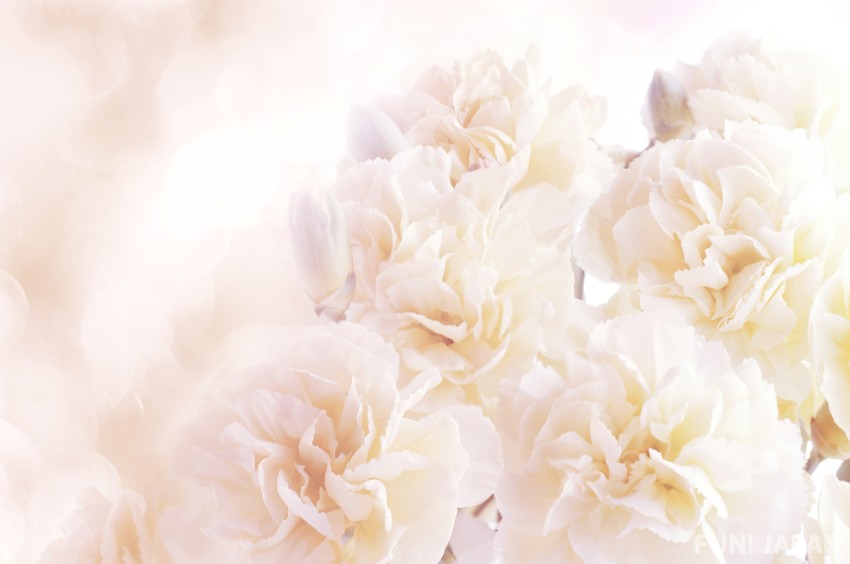
The roots of the current "Mother's Day" in Japan can be traced back to an event in West Virginia, USA in 1907. A woman named Anna M. Jarvis, who had lost her mother, held a memorial service in a church in May to remember her. She distributed a single white carnation, her mother's favorite flower, to each participant. This is considered the beginning of the tradition, which gradually spread and eventually became celebrated as Mother's Day in most states in America.
In 1910, the Governor of West Virginia established "Mother's Day", and in 1914, then President Woodrow Wilson officially designated the second Sunday in May, the day the memorial service was held, as Mother's Day and began to celebrate it.
What led to the establishment of Mother's Day in Japan?
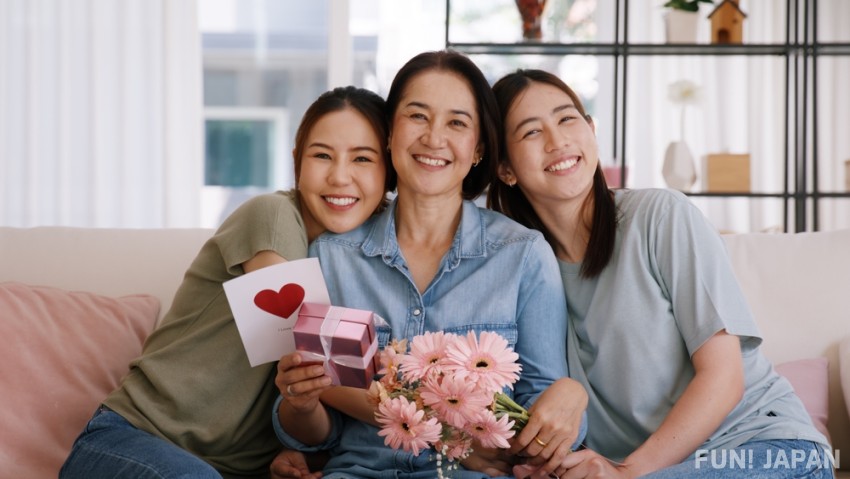
In Japan, it gradually spread during the Taisho era, mainly through Christian churches and women's groups, and in 1936, Morinaga & Co., Ltd., a major confectionery company, formed the "Morinaga's Society to Praise Mother". It called on related organizations to hold Morinaga Mother's Day events across the country. Around that time, it held a competition for songs praising mothers, and received 15,000 entries, and the selected lyrics were made into records and sold commercially. On May 8th and 9th of the following year, it invited 200,000 mothers from all over the country to the first Morinaga Mother's Day Festival at the outdoor stage at Toshimaen in Tokyo. The event was widely covered in newspapers and magazines, and it is said that the existence of Mother's Day became known and became established.
What do Japanese do on Mother's Day in Japan?
1. Give a present - There is also a custom of giving carnations
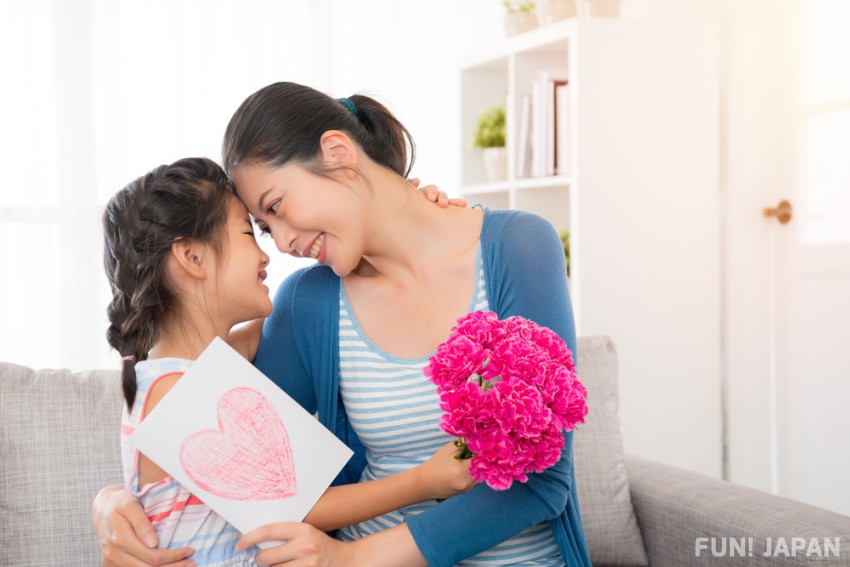
In Japan, carnations are synonymous with Mother's Day. As Mother's Day approaches, florists' storefronts are lined with carnations. Some people give cut flowers as bouquets, while others give potted plants. Bouquets usually consist of 20 to 30 stems and cost around 2,000 to 3,000 yen. For potted plants, the price varies depending on the size, but a No. 5 size (with a pot diameter of 15 cm) is around 3,000 yen. Some people also give a single carnation.
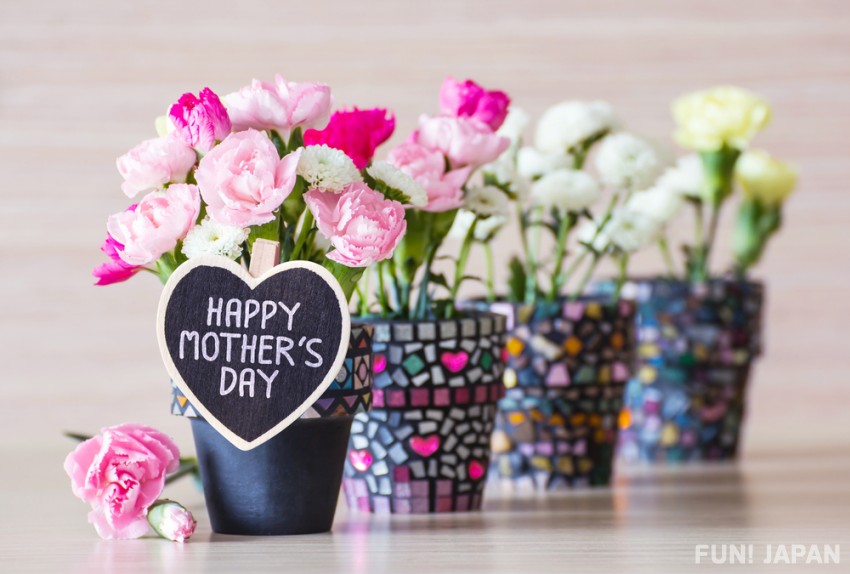
It is said that the founder of Mother's Day, Anna M. Jarvis, sent a "white" carnation because her mother had passed away. If the mother is alive, it is common to send carnations of colors other than white. While red and pink carnations are often seen, there are also purple ones, and it is said that there are over 8000 types of carnations in the Japanese market alone.
Flower Language of Carnations
- Carnation as whole: Pure and deep love
- Red: Love for mother, believe in love
- Pink: Gratitude, elegance
- Purple: Pride, elegance
- White: Respect, pure love, it also means mourning for a deceased mother, so it is better to avoid giving it if possible.
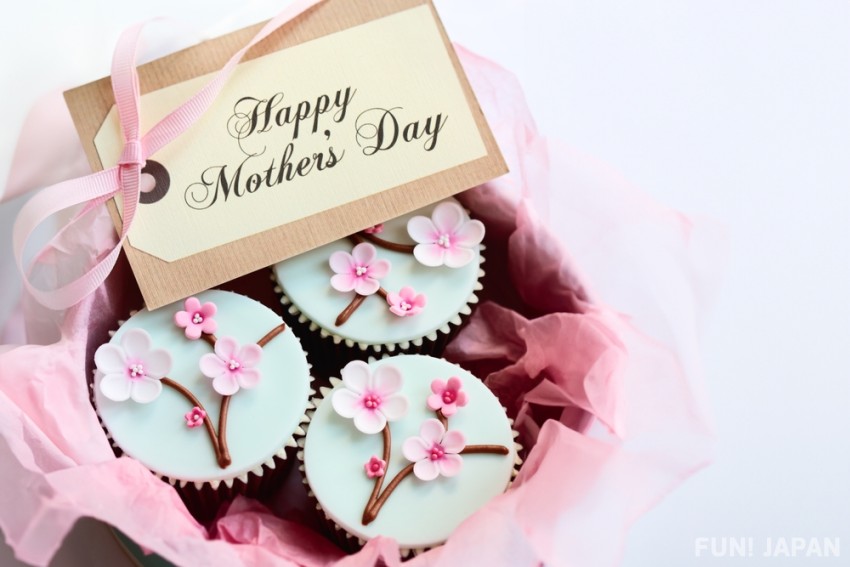
In addition to carnations, gifts can also include items such as clothing, bags, accessories, as well as sweets like cakes and cookies. A handwritten letter filled with heartfelt sentiments is always appreciated. There are also stores that sell gift sets of carnations and sweets.
2. Treat them to a meal

In Japan, there isn't a specific food that is traditionally eaten on Mother's Day. However, when dining out, it's common to go to a place that the mother has requested. Sometimes, people might splurge a little more than usual and go to a sushi restaurant with a counter or a French restaurant. If you live separately and can't have a meal together, it's also common to give meal vouchers.
For Western sweets, there are shops that sell Mother's Day limited sweets decorated like carnations using chocolate and other ingredients.
3. Going on a trip

Many people enjoy day trips or hot spring trips nearby. Even if you don't usually have time to talk leisurely, you can have a relaxed conversation while traveling, during meals, and while soaking in a hot spring, and express your gratitude.
When deciding where to go for Mother's Day, it's common to first ask for her preferences. If she likes hot springs, go to a hot spring. If she likes shopping, go to an outlet mall. If she likes nature, go hiking.
Some inns and hotels offer luxurious accommodation plans for Mother's Day, such as free upgrades to rooms with hot spring observation baths, or serving a boatload of sashimi during dinner.
4. Housework & Helping Out
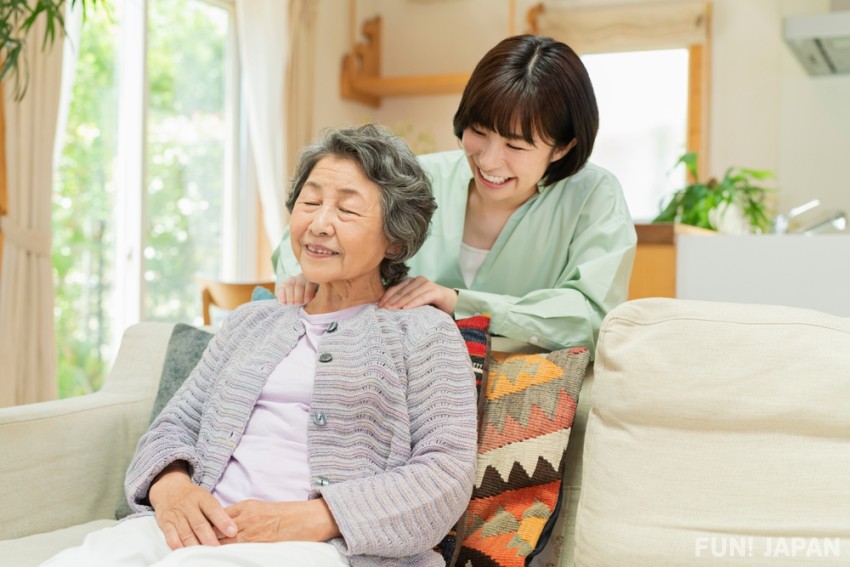
Especially for those living together, doing the usual "housework" that your mother takes care of can be the greatest joy for her. Helping out is a recommended way to express gratitude through actions, rather than giving material gifts. For those living apart, just going back to your parents' house and spending Mother's Day together can be a joy for your mother.
Many children seem to give "shoulder massage coupons" or "helping hand coupons" as gifts. Also, although a bit pricey, home appliances like cleaning robots and electric slicers that make housework a little easier, and health and beauty appliances like massagers and hair dryers that help soothe daily fatigue, are also appreciated gifts.
What are the recent trends for Mother's Day?

According to the "Survey on Mother's Day 2024 (hahanohi.me)" conducted in 2023, about 66% of the 974 men and women in their 10s to 70s gave gifts on Mother's Day in 2023. Also, about 66.5% of people responded that they "spent separately from their mothers". It was found that many people who live apart did not return home and celebrated Mother's Day.
Also, the same survey produced the following results.
What to refer to when choosing a gift for Mother's Day
- Search and find on the internet...37.8%
- Go to a physical store and find...37.2%
- Ask what they want...11.0%
Budget for the gift
- Less than 4,000 to 5,000 yen...19.4%
- Less than 2,000 to 3,000 yen...19.2%
- Less than 3,000 to 4,000 yen...15.1%
What to give
- Food and gourmet...23.2%
- Flowers and foliage plants...22.6%
- Sweets...17.5%
It seems that many people are searching for food, sweets, flowers, and other gifts on the Internet and sending them by courier.
Source: Mother's Day.me (https://hahanohi.me/)
"Survey on Mother's Day 2024" (from hahanohi.me)




Comments